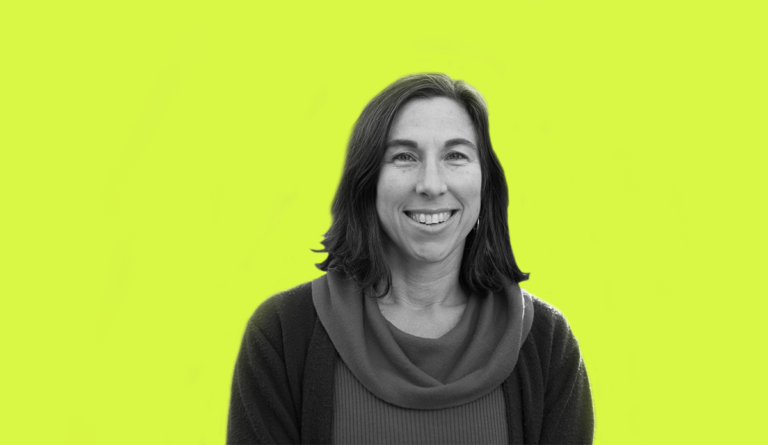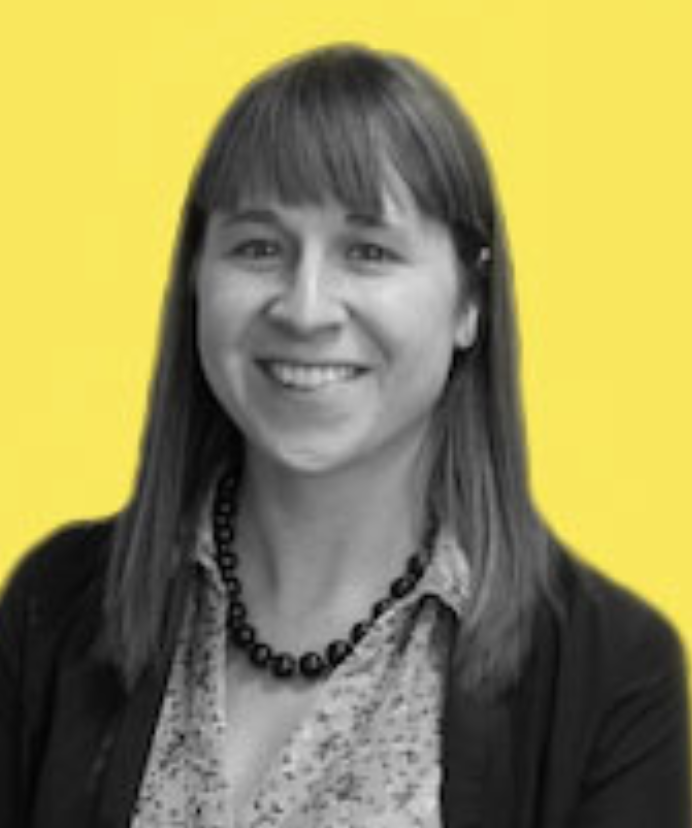Lisa Wexler
Lisa Wexler outlines a population health approach to preventing suicide in rural Alaska Native and Indigenous Circumpolar communities.

Read Time: 5 minutes
Published:
Lisa Wexler is a professor in the School of Social Work and at the Institute for Social Research at the University of Michigan. Her research focuses on suicide prevention, wellness and resilience, and praxis. Her community-engaged research engages participants in all levels of the process, responds to cultural and community priorities, and builds on and promotes personal and collective assets. Wexler outlines a population health approach to preventing suicide in rural Alaska Native and Indigenous Circumpolar communities.
Public Health Post: What inspired you to focus on helping prevent suicide in rural Alaska Native and Indigenous Circumpolar communities?
Lisa Wexler: I spent my early social work career in Kotzebue, Alaska. As a student, you get maybe half a day on suicide prevention training. Which creates a false sense of security that you’re prepared for doing crisis intervention, particularly in a different culture from your own and living in places that don’t have a lot of infrastructure. Where I was working, and still work, there are no roads, sometimes no running water. It’s 98% Alaska native.
In Alaska, there is a colonial trauma from the way the US has interacted with indigenous people. We’ve taken land and polluted water. We’ve done a lot of harm. And all of those things matter in suicide prevention. In suicide crises, when we take away people’s agency, when we don’t ask parents and families what’s best for their kids and we take those kids suffering from mental health disorder and send them to faraway regional hospitals or to contiguous states, that is another level of trauma that we’re enacting. It was really clear to me that we are doing more harm than good, when we are trying to save young people’s bodies. So, I ended up doing my dissertation looking at community organizing, trying to figure out a better way to do mental health work without doing harm.
What are the main mental health challenges faced by rural Alaska Native and Indigenous Circumpolar communities?
I would say that suicide is sometimes a psychological issue. I would say 99% of the time, it is not. In these indigenous communities, there has been severe cultural, social, and economic disruption and all of these changes happened in a really short period of time, and so to create futures that make sense in a world that’s been turned around, where you can’t really predict the next thing and there’s a lot of uncertainty, it begins to make sense why we’re seeing young people look into their future and go, hmm, there’s no place for me here. And so, I think, if we name suicide risk as an individual psychological problem, we’re ignoring the roots and the real causes.
What kinds of challenges do these communities face in accessing mental health services?
Nine times out of 10, young indigenous people who are referred to mental health services do not take that referral up. We have to ask, does this kind of referral even make sense? To talk to somebody in a room outside of the context of their life, somebody who doesn’t know anything about how that young person lives, what they value, their heritage, this Western individualistic lens of mental health services may not be the right approach.
What does it take to implement and sustain a successful community-level health program?
In many of these communities, youth suicide was not documented until the 1960’s. So now we have that information and we share that information with folks in the community and say, what do you think? What do you think is going on here? And people have a lot of different ideas and they talk about what they want to do and what’s really been impressive is that we’ve seen a diffusion of information happening. They’re talking to their spouses. They’re talking to their family members. They’re talking to their friends and sharing that information. And they really take that information and make actionable changes in their own lives to improve their mental health. My job is much more about being a translator and observer.
How do you define success with this kind of program?
Suicide prevention really seems like the wrong way to frame it. If you’re just preventing something bad, that’s not good enough. It’s a tip of the iceberg kind of a thing. Mental health is related to people’s future and aspirations and sense of opportunity and of wellbeing and all of these things that are way bigger than stopping this one act. We want to create pathways for young people to walk into futures that make sense.
How has climate change affected rural Alaska Native and Indigenous Circumpolar communities?
The changes that people are seeing in Alaska are really acute. Different animals are migrating at different times. People are falling through the ice a lot more than they used to because the ice is moving differently. The communities of Shishmaref and Kivalina were entirely relocated to barrier islands due to flooding and erosion. These are new pressures adding to old colonial traumas.
How has Covid-19 affected these communities and their mental health?
Tribes in Alaska have really taken on protecting their members in really impressive ways. People are rethinking how they take care of each other and almost every tribe that we’ve surveyed says that they have something in place where they’re supporting subsistence hunting and gathering, sending out healthier members in order to support the most vulnerable people, and looking after the elderly in new ways. We need leadership. We need collective thinking and self-determination.
Photo courtesy of Lisa Wexler
If you are having thoughts of suicide, call the National Suicide Prevention Lifeline at 1-800-273-8255 or visit suicidepreventionlifeline.org.



